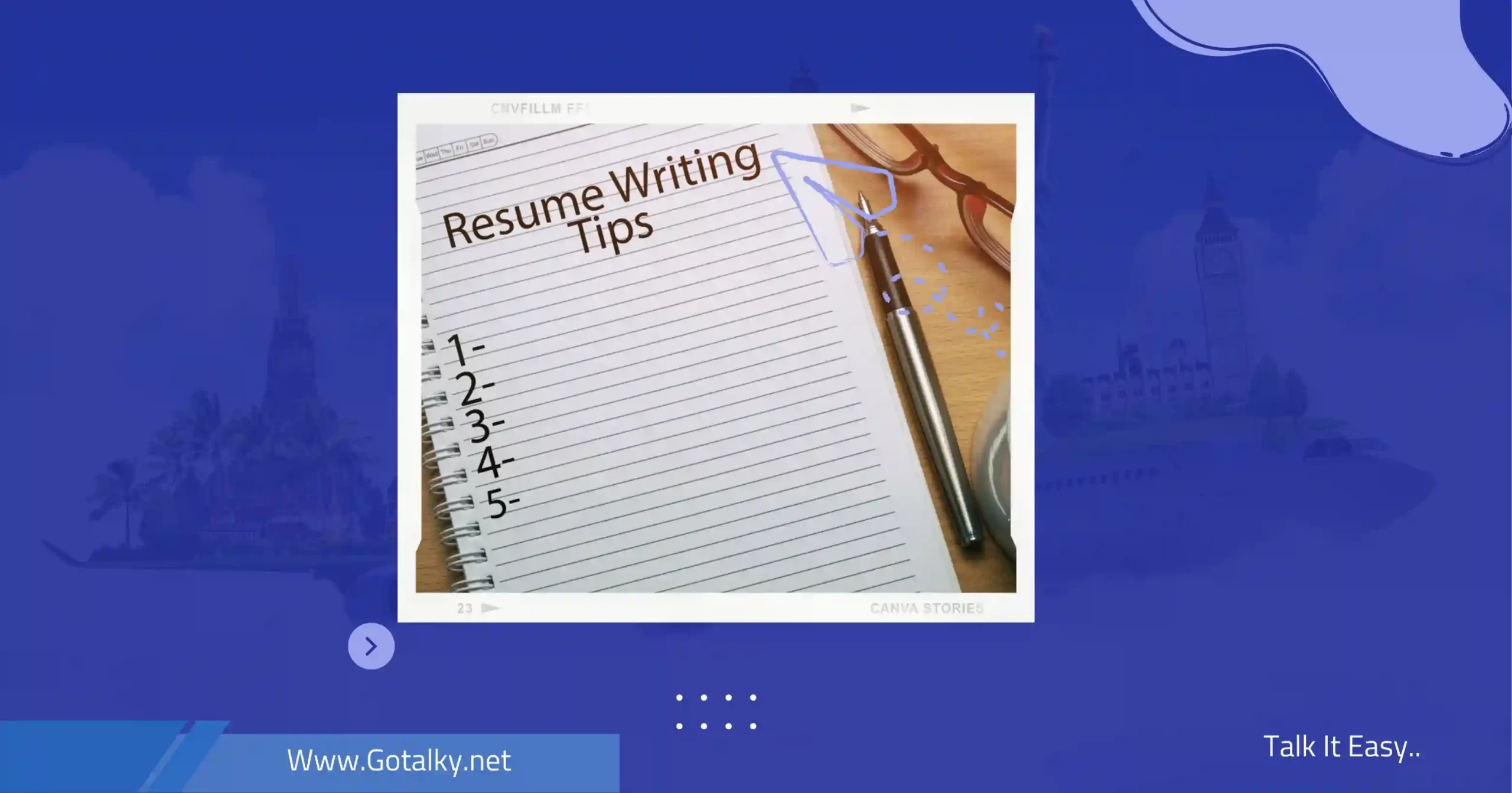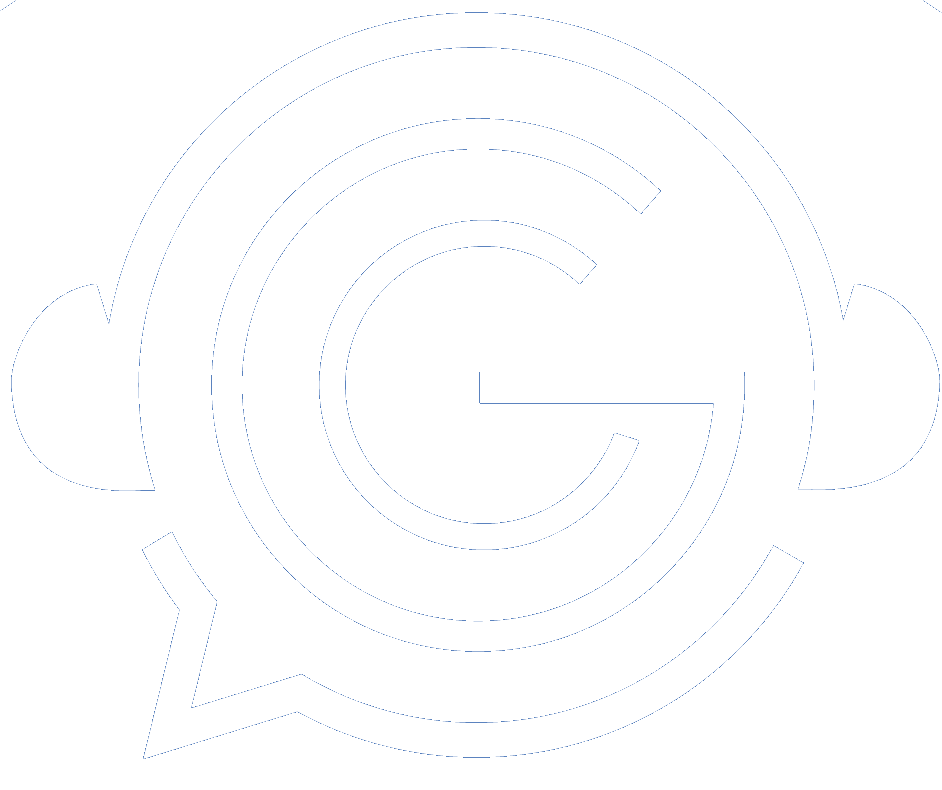English is a global language for business and corporate collaboration across borders. It’s not just a means of communication; it’s also a powerful tool for expressing ideas, goals, and building successful business relationships. If you work in business management and aim to enhance your English language skills for initiating meetings, this article provides seven useful expressions to make the start of your meeting an enjoyable and effective experience.
An essential tool for achieving this is the GoTalky platform. GoTalky is an online educational platform designed to enhance individuals’ English language skills, enabling them to communicate confidently and effectively in the business environment. Through a variety of innovative lessons and educational resources, GoTalky helps professionals acquire the necessary language skills for interaction, negotiation, and making strategic decisions in the global business arena. It offers a wide range of courses for those who are seeking to develop their English language skills such as the online English speaking course for beginners and for anyone who has just started their learning journey, the effective English pronunciation course and the accent reduction and clarity in English course for those who want to develop their pronunciation, the business English speaking training program to enhance your English at work and finally the advanced English speaking skills course aligned with both the spoken English course with native speakers and the English fluency course for non-native speakers for anyone who wants to take their fluency to the next level. If you are interested in taking TOEFL or IELTS, GoTalky can still help you with its IELTS speaking exam tips course and the TOEFL speaking test preparation course.
How to Start Meetings?
Effective meetings begin when conducted with courtesy and professionalism, providing a conducive communication environment and achieving meeting goals. Here are seven paragraphs containing useful expressions that can be used to start meetings gracefully and professionally:
- Greeting and welcoming participants is an important step in starting a meeting. Phrases like “Good morning/evening, everyone. Welcome to today’s meeting” or “Welcome, everyone. I hope you’re all well. Let’s begin” can be used.
- Briefly introducing oneself is specific and can set the tone. Phrases like “I’m [Your Name], and I’ll be leading today’s meeting” or “Let me start by introducing myself. I’m [Your Name], and I’ll be in charge of this meeting.”
- Remembering the meeting’s objectives is crucial for guiding participants. Expressions like “We’re here today to discuss [the topic or agenda item]” or “The purpose of this meeting is [stating the goal or objective]” can be used.
- Presenting the prepared agenda to participants can be done using phrases like “Let’s take a look at today’s agenda” or “I’ve prepared an agenda that includes the key points we’ll be covering.”
- Expressing gratitude for attendees reflects appreciation and encourages participation. Phrases like “I’m grateful for everyone who attended this meeting” or “Thank you all for being here today. Your presence is highly valued.”
- Encouraging participation by inviting others to contribute and share their thoughts enhances effective communication. Phrases like “I encourage everyone to participate and share their ideas and opinions” or “Please feel free to contribute, ask questions, and provide input during the meeting.”
- Directing everyone to adhere to the specified meeting time can be done using phrases like “Let’s try to stay within the scheduled meeting time” or “We have [a specific time duration] for this meeting, so let’s make sure to adhere to the timeline.”
By using these paragraphs, you can create a positive and professional environment for starting meetings and smoothly transitioning into the specified agenda. Also, remember to be flexible and available to ensure the participation of all attendees and the successful achievement of meeting goals.
How to Start a Meeting in English?
To initiate a meeting in English, you can use the following phrases:
- Greetings and Welcoming:
“Good morning/evening, everyone. Welcome to today’s meeting.”
“Welcome, everyone. I hope you’re all well. Let’s begin.” - Self-Introduction:
‘’For those who don’t know me, my name is [Your Name], and I’ll be leading today’s meeting.”
“Let me start by introducing myself. I’m [Your Name], and I’ll be in charge of this meeting.” - Stating the Meeting’s Objective:
“We’re here today to discuss [the topic or agenda item].”
“The purpose of this meeting is [stating the goal or objective].” - Presenting the Agenda:
“Let’s take a look at today’s agenda for the meeting.”
“I’ve prepared an agenda that includes the key points we’ll be covering.” - Acknowledging Attendance:
“I’m grateful for everyone who attended this meeting.”
“Thank you all for being here today. Your presence is highly valued.” - Encouraging Participation:
“I encourage everyone to participate and share their ideas and opinions.”
“Please feel free to contribute, ask questions, and provide input during the meeting.” - Time Management Guidance:
“Let’s try to stay within the scheduled meeting time.”
“We have [a specific time duration] for this meeting, so let’s make sure to adhere to the timeline.”
By using these phrases, you can create a positive and professional environment for starting meetings and smoothly transitioning into the specified agenda. Also, remember to be flexible and available to ensure the participation of all attendees and the successful achievement of meeting goals.
What to Say at the Beginning of the Meeting?
At the beginning of the meeting, you can use the following two paragraphs:
- Greetings and Welcoming: “Good evening, everyone, and welcome to our meeting. I hope you’re all in good health and ready to start this important session. I’m [Your Name], and I’ll be overseeing this meeting. We’re here to discuss [specify the topic or agenda item] and work together towards achieving the set goals. I know we have a great opportunity for exchanging ideas and insights, and I look forward to your valuable contributions during the meeting. So, let’s get started.”
- Presenting the Timeline and Objective: “Before we begin, I’d like to quickly go over the agenda for this meeting. We’ll focus on several key points during this session, including [mention the key agenda points]. Our overall goal is [state the overall goal of the session], and we’ll work towards progress in that regard. I’ll provide an opportunity for everyone to participate and contribute to the discussion. We hope by the end of the meeting, we’ll have reached clear results and directions. Do you have any questions or comments before we move to the first agenda item?”
Use these paragraphs as a framework to start the meeting in an organized manner, encouraging participants to engage and contribute to the discussion. You can adjust the paragraphs according to your agenda and the main objective of the meeting.
How to Make a Meeting Successful?
For a meeting to be successful, there must be effective communication and active participation from all attendees. Everyone should share their thoughts and opinions openly and respectfully. Techniques such as active listening and asking appropriate questions can be used for effective communication to deepen understanding and stimulate discussion. Additionally, everyone should be given the opportunity to express their views and contribute to decision-making.
To ensure a successful meeting, the set objectives must be achieved. Objectives should be clear, predefined, and there should be a clear plan to accomplish them. Consideration should also be given to the allocated meeting time, ensuring that the schedule aligns with the expected content and discussion. Time management tools, such as setting a time limit for each agenda item, should be used to ensure that the meeting proceeds according to the specified timetable. If necessary, there should be flexibility to complete important discussions and make necessary decisions.
Seven Useful Expressions to Start a Meeting from GoTalky
- “Hello, everyone. We begin today’s meeting by welcoming you all.”
- “Welcome to our meeting today. I hope you’ve had a wonderful start to the week.”
- “Thank you all for attending today. We are excited to start this meeting and work together.”
- “Good evening, everyone. I hope you’ve enjoyed your day and are ready for this meeting.”
- “Team members, welcome to our meeting today. We hope you’re all well and ready for productive work.”
- “Welcome to our meeting. We are here today to discuss, exchange ideas, and find constructive solutions.”
- “We start the meeting with enthusiasm and optimism. Let’s work together to achieve our common goals.”
Use these expressions to bring a positive and welcoming spirit to the beginning of the meeting, making participants feel welcomed and motivated to actively engage. You can adapt and modify them according to the nature of the meeting and the target audience.
What is the Purpose of Meetings?
Remember that the purpose of meetings varies from one meeting to another and depends on the nature and purpose of the meeting itself. Meetings also have several key objectives and important roles in the work environment. Here are some primary goals of meetings:
- Communication and Information Exchange: Meetings allow for the exchange of information and ideas among participating members. They can be an opportunity to update the team on project progress, convey vital information, and identify priorities.
- Decision-Making: Meetings provide a platform for discussing issues and making important decisions. Members can express their opinions, participate in the decision-making process, clarify available options, and develop plans for decision implementation.
- Coordination and Organization: Meetings help coordinate and organize work and projects. They can assist in defining tasks and distributing them, identifying roles and responsibilities, and monitoring work progress.
- Team Building and Enhancing Interaction: Meetings foster communication and collaboration among team members, contributing to team spirit and promoting teamwork. Meetings can be an opportunity to get to know each other, enhance understanding, and build trust.
- Problem Solving and Encouraging Creativity: Meetings provide an environment for discussing and solving various problems, promoting creativity and innovation. They can stimulate collective thinking, generate new ideas, and encourage critical analysis.
Frequently Asked Questions
How can meetings be made more efficient?
Achieving higher efficiency in meetings requires following some effective measures. Firstly, it is essential to clearly define the meeting objectives and distribute the agenda well in advance. Moreover, the number of participants should be reduced to the necessary, selecting individuals directly relevant to the meeting’s topic. Participants should be well-prepared by reading the agenda and preparing for expected discussions. Using time management techniques, such as setting a time limit for each part of the meeting and carefully monitoring time, can help achieve greater efficiency. Lastly, providing a conducive and motivating environment, encouraging active participation, and benefiting from everyone’s insights and experiences should be ensured.
What are the types of meetings?
There are several types of meetings that can vary based on their purpose, participants, and content. Among the common types of meetings are:
- Consultative Meetings: Aim to gather the opinions and observations of participants on a specific topic, providing an opportunity for collective discussion and decision-making.
- Organizational Meetings: Used for general coordination and organization of work and projects, including discussions on reports, providing updates, task identification, and assigning responsibilities.
- Educational or Training Meetings: Used for knowledge exchange, information delivery, and training individuals on a specific subject.
- Motivational Meetings: Aim to enhance team spirit and interaction among members, including celebrations, recognitions, and collaborative workshops.
What are the elements of a meeting?
Meeting elements include several fundamental components that contribute to the effective organization and management of the meeting:
- Agenda: A document specifying the topics and discussions scheduled for the meeting, along with the allocated time for each item.
- Meeting Duration: The specified time for the meeting, which should be appropriate and suitable for the discussed topics.
- Participants: Individuals participating in the meeting, including the person leading the meeting and others directly related to the topic.
- Technical Aspects: The use of appropriate technologies, such as visual or audio aids, and necessary equipment to ensure smooth communication and information exchange.
- Notes and Documentation: Recording important notes and decisions during the meeting, and preparing a report or summary outlining the discussions and decisions made.
- Follow-up and Evaluation: Monitoring the implementation of decisions and agreed-upon actions from the meeting, and evaluating the effectiveness of the meeting in achieving its objectives.





